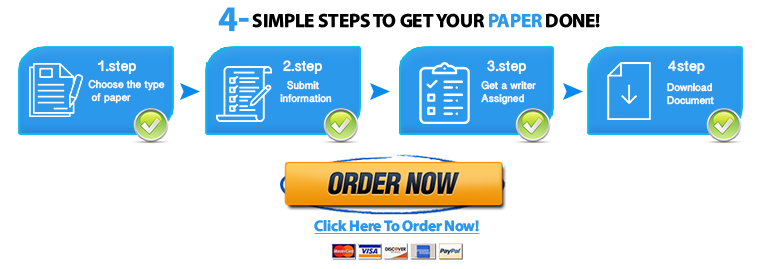Week 7, Journal entry #1
Confronting Discrimination
and Prejudice Namaste!
·
Write a short self-reflection response paper
that incorporates these four questions.
·
A minimum of two
pages typed double space should suffice.
·
In order to
respond to the third and fourth questions, you will need to view only the
first 9-10 minutes of an episode of the ABC-TV series, “What would you do?”
The segment centers around a “staged” scenario involving a bakery clerk’s
treatment of and refusal to serve a young Muslim woman wearing hijab.
Question #1:
Which famous religious
teacher/leader from India is most associated with the teaching of ahimsa—“do
no harm to any living being”?
Question #2:
Name 2 or 3 prominent religious
figures or teachers and their teachings on the treatment of others. For
example, indicate briefly what the Buddha, Christ, Judaism’s Rabbi Hillel, Confucius,
or Muhammad might have instructed or commanded regarding attitudes, deeds,
words, behavior, and conduct.
Question #3:-
Students are only required to watch the first episode (10-12 minutes)
segment of the ABC series, What would you do? http://www.youtube.com/watch?v=cl_Yp1IVo08
To complete this journal writing assignment.
This is a streaming video and unfortunately, the first image you will see is a
woman not exactly putting her best face forward, but rather her backside.We are bystanders just like the customers in the
South Texas bakery watching blatant discrimination unfold before our eyes.
Students are to answer all four of the questions, and note how #3 calls for
interaction with the episode that involves a staged confrontation between (two actors) a bakery
clerk and a Muslim girl in hijab trying to buy an apple strudel at a South Texas
bakery. Answer
the four questions below.
How would you respond and
why? (Also consider the provided materials below on stereotypes, and interact
with the meaning and significance of stereotyping and profiling.)
Origin of the term stereotype
·
Stereotype is a printer’s term.
·
Molten metal is poured into a form to
make an exact impression of what is to be printed.
·
It is a mechanical copy of a
prepared form that allows no room for variation
Stereotyping
is a short cut…
“The real environment is altogether too big, too complex,
and too fleeting for direct acquaintance. We are not equipped to deal with so much
subtlety, so much
variety, so many permutations and combinations to circumvent
complexity.
And although we have to act in that complex environment, we have
to reconstruct it on a simpler model before we can manage it.” Walter Lippmann,
Public Opinion (1922)
Stereotyping in part is flawed
thinking.
·
A stereotype is an opinion, based on
limited information, that considers members of a group to have the same characteristics
·
It is affixed mental picture held by
one group by another.
·
It is an oversimplified opinion applied
to the whole made without regard for individual differences.
Flawed thinking that includes but is
not limited to…
·
Misconceptions; misperceptions
·
Missing facts
·
Incomplete information
·
Insufficient knowledge
·
Limited contact or personal
experience
·
Over categorizing; over simplifying
·
Drawing hasty conclusions
·
Bias
·
Add to the mix negative emotions
·
Envy and scapegoating
Stereotyping
can lead to prejudice…
·
It is a preconceived attitude or
opinion decided on the basis of stereotypes; labeling.
·
It is often fueled by a complex of
irrational feelings and fears, contradictory / ambivalent emotions, for
instance, a mix of admiration, envy, distrust, and perhaps resentment…. and prejudice to discrimination
·
It is the denial of justice and fair
treatment by both individuals and institutions in many arenas, including employment,
education, housing, banking, and political rights. Discrimination is an action
that can follow prejudiced thinking.
The ongoing challenge:
·
Cultivating thinking skills
·
Develop skills in analyzing or
evaluating arguments, interpretations, beliefs, theories, and viewpoints;
·
Separating fact from opinion;
·
Distinguishing relevant from
irrelevant facts
·
Distinguishing bias from reason
·
Recognizing fallacies in arguments
·
Correcting erroneous thinking and adjusting
behavior
Question #4:
In your personal and
professional life, how might you actively apply religious and ethical teachings
from religious and nonreligious traditions on the treatment of others?
If you choose
to disclose, describe and briefly analyze an incident in which you faced the
dilemma of whether or not to confront someone for their mistreatment of
another. Consider what did you do and why. How might taking courses like
Religions of the World or Religion in America better equip or prepare you to
confront discrimination?


